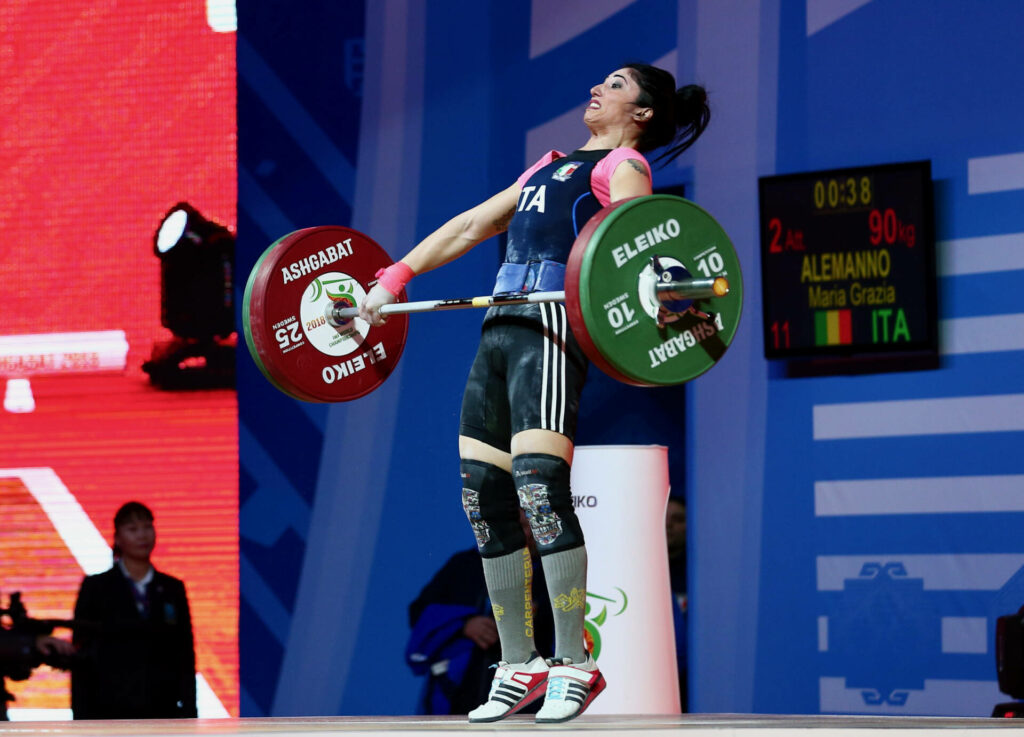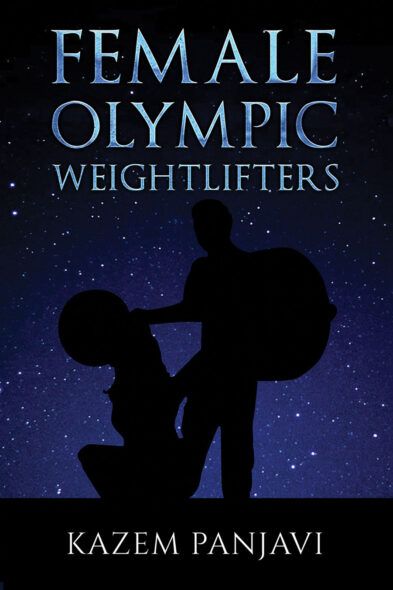STRENGTH SENSEI BOOKSHELF
Female Olympic Weightlifters
Most books about Olympic lifting do not distinguish between the training of men versus women. That is, the programs that work for men will be just as effective for women. Kazem Panjavi’s Female Olympic Weightlifters takes a different approach, making the case that some differences need to be taken into account.
First, Panjavi has paid his dues as a weightlifter and as a weightlifting coach. He competed in the 1992 Olympics and at a bodyweight of 154 pounds, and has best lifts of 309 and 385 in the clean and jerk. While coaching in the United Kingdom, he trained over 1350 junior lifters, half being female. During his career, he has trained over 1800 weightlifters in several countries.

Female Olympic Weightlifters is a valuable book for new weightlifting coaches as it provides an excellent overview of the history of women’s weightlifting, how competitions are run, and the benefits of the sport. For a coach trying to convince parents to let their daughters compete in the sport or start a women’s weightlifting program at a school, this material will certainly help their sales pitch.
“Chapter 9: Women and Menstrual Cycle” is worth the price of the book as it provides an overview of how the menstrual cycle affects athletic performance. What’s more, Panjavi provides specific advice on how to adjust a women’s training to accommodate the hormonal fluctuations that occur. This topic has drawn considerable interest in the sports medicine community in recent years as research suggests that women athletes are more susceptible to ACL injuries at specific times in their cycles.

Female Olympic Weightlifters offers advice on how the training programs of men and women should differ, such as their ability to recover faster between sets. Charles R. Poliquin in the early 90s discussed the concept of neurology efficiency and female athletes, and this idea is reflected in Panjavi’s training methodology. However, it is disappointing that Panjavi did not provide references for his more controversial statements.
The bulk of the book is about how to design workouts, providing detailed programs for beginner, intermediate, and advanced lifters. However, the workouts are presented in extremely small type, so can be extremely difficult to read on electronic formats – better to spend a few extra bucks and purchase the paperback or hardback edition.
What is surprisingly not included in Female Olympic Weightlifters is an explanation of the lifting technique. The Chinese have been the dominant force in women’s weightlifting since the first World Championships invited women to compete in 1986 (and became an Olympic sport in 2000). Their lifting technique is considerably different from conventional lifting; for example, they do not extend their shoulders over the bar during the pull to reduce the stress on the lower back. Perhaps Coach Panjavi will write a follow-up book on this topic, or better yet, a video showing how he teaches female athletes.
The book finishes with considerable information about supplements for weightlifters, with special attention to the particular needs of female athletes. This chapter also includes information about the consequences of using banned performance-enhancing drugs. These sections are extensively referenced.
Female Olympic Weightlifters is a must-have book for those who are new to coaching women weightlifters and has much thought-provoking material for higher-level coaches. Coach Kazem Panjavi has “walked the talk” as an elite-level athlete and as a coach of women weightlifters, and this book is certainly worth a read. (TSS)
[You can purchase Female Olympic Weightlifters by Kazem Panjavi in Hardcover, Paperback, and Kindle editions through Amazon.com.]
